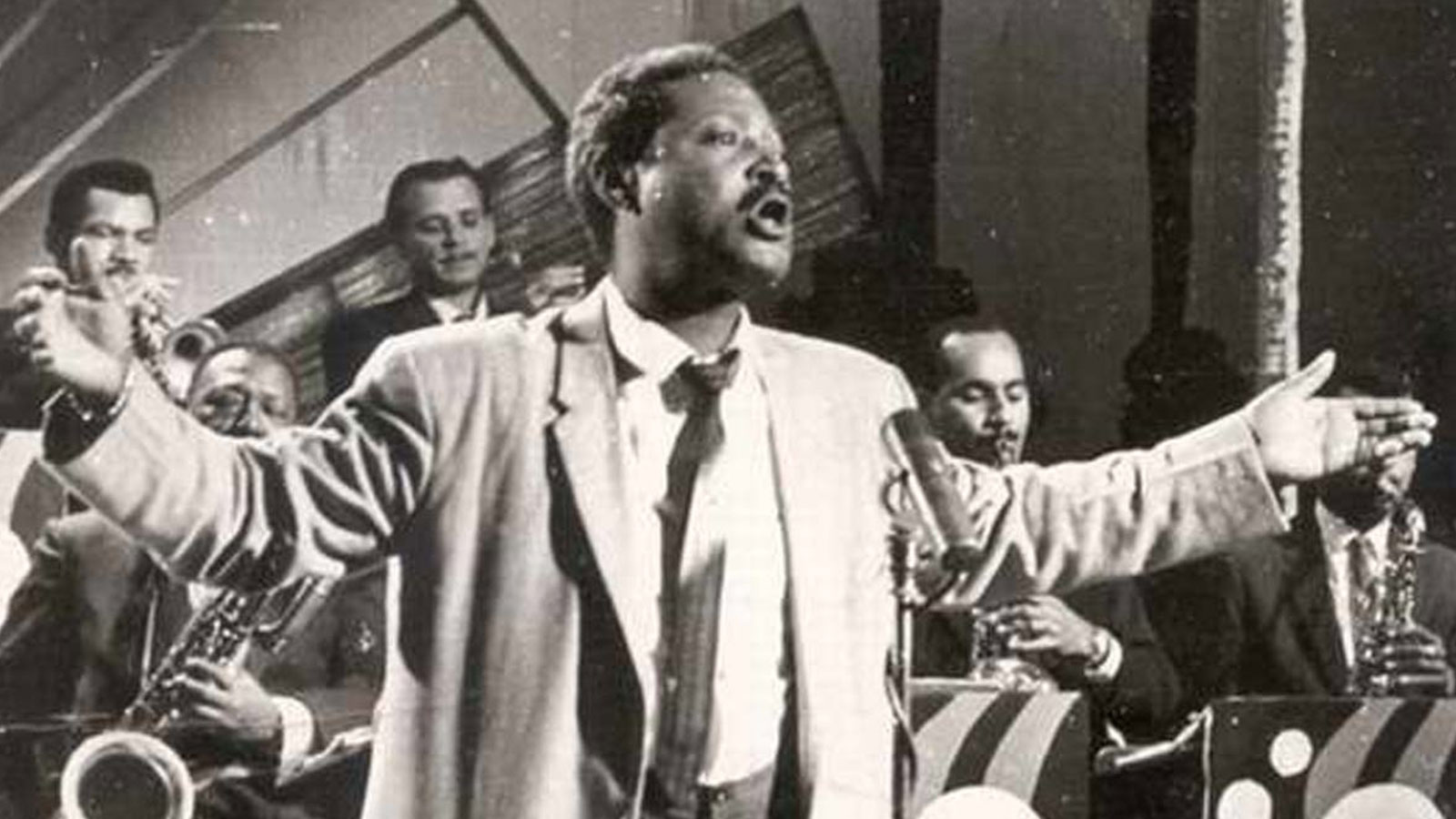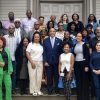The bolero as a musical genre was born in the city of Santiago de Cuba in 1883 and spread throughout the entire country, becoming an elegant poetic-musical expression of Cuban songwriting, and “Tristezas” by José “Pepe” Sánchez is known as the first bolero in history.
The bolero, a vocal, instrumental and dance genre of the song movement in Cuba, was declared Cultural Heritage of the Nation, in order to contribute to the sustainability, visibility and viability of this expression of the country’s identity.
The official declaration ceremony took place in the Gardens of the Union of Writers and Artists of Cuba (UNEAC) at 17 and H in Vedado, Havana, where Sonia Virgen Perez Mojena, president of the Commission and of the National Council of Cultural Heritage (CNPC) read the Declaration.According to the press release shared by the Ministry of Culture, the proposal was made by the Commission for the Safeguarding of the Intangible Cultural Heritage.
Officials from the Ministry of Culture, representatives of the Mexican Embassy, specialists from the CNPC and the Cuban Institute of Music, methodologists from the National Council of Houses of Culture, and musicologists from the Center for Research and Development of Cuban Music (CIDMUC) attended the ceremony as well as other guests.
The bolero as a musical genre was born in the city of Santiago de Cuba in 1883 and spread throughout the entire country, becoming an elegant poetic-musical expression of Cuban songwriting, and “Tristezas” by José “Pepe” Sánchez is known as the first bolero in history.
From the end of the 19th century and during the first decades of the 20th century, the bolero was sung in the homes of the authors and interpreters themselves and was performed by singer-songwriters in fashionable spaces, in informal gatherings and night serenades; during this period it was the most cultivated type of song in the country.
It has been cultivated by world-known Cuban singer-songwriters such as Sindo Garay, Manuel Corona, Benny Moré, César Portillo de la Luz, Soledad Delgado, among many others.
For many years, events and gatherings related to the Bolero have been held in Cuba, such as: the Boleros de Oro, Federico Sariol, Daniel Cruz Festivals, as well as different events that take place throughout the country in the houses of culture or the UNEAC headquarters in each province, including museums and other cultural institutions.
This expression has transcended national borders and has positioned itself as a preferred genre in other regions, being highly cultivated and popular in other countries of the Latin American and Caribbean region: Mexico, Colombia, Dominican Republic, Puerto Rico, among others.
Source: teleSUR
Featured Image: Benny More















